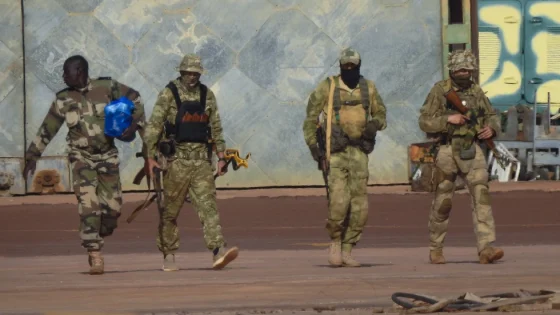The recent call by the UN Security Council for a ceasefire in Gaza has sparked both hope and skepticism regarding its effectiveness. As the conflict between Israel and Hamas continues to escalate, the international community is looking to the Security Council for decisive action. However, history has shown that such resolutions often fail to bring about meaningful change on the ground. In this analysis, we will explore the implications of the Security Council’s call for a ceasefire and assess whether it is likely to have any real impact on the ongoing violence in Gaza.
The Security Council just approved a long-awaited resolution on Gaza, demanding an immediate ceasefire, and the immediate and unconditional release of all hostages.
This resolution must be implemented. Failure would be unforgivable.
— António Guterres (@antonioguterres) March 25, 2024
The Security Council’s resolution calling for a ceasefire in Gaza represents a significant diplomatic effort to address the escalating violence in the region. The resolution calls for an immediate cessation of hostilities and urges all parties to respect international humanitarian law. It also emphasizes the importance of addressing the underlying causes of the conflict and calls for a comprehensive peace process to resolve the longstanding issues between Israel and the Palestinians.
While the Security Council’s call for a ceasefire is a welcome development, past experiences suggest that such resolutions often fail to bring about lasting peace in conflict zones. The Israel-Palestine conflict is a case in point, with numerous ceasefire agreements being brokered and subsequently violated by both sides. Without meaningful enforcement mechanisms in place, these resolutions often serve as little more than symbolic gestures, failing to address the root causes of the conflict or hold perpetrators accountable for their actions.
One of the key challenges facing the implementation of the Security Council’s ceasefire resolution is the complex political dynamics at play in the region. Both Israel and Hamas have their own strategic objectives and domestic political considerations that may influence their willingness to adhere to a ceasefire agreement. Moreover, the involvement of external actors such as Iran, Egypt, and the United States further complicates the situation, making it difficult to achieve a lasting peace.
BREAKING: During the negotiations in Qatar over the weekend, Israel agreed to release 700 Palestinian prisoners, among them 100 who serve life sentences for killing Israelis, in return for the release of 40 hostages held by Hamas in Gaza, two Israeli officials tell me
— Barak Ravid (@BarakRavid) March 24, 2024
Beyond the political considerations, the ongoing violence in Gaza has had devastating humanitarian consequences for the civilian population. Thousands of people have been displaced, and essential infrastructure such as hospitals, schools, and water facilities have been damaged or destroyed. The Security Council’s resolution must be accompanied by concrete steps to address the urgent humanitarian needs of the people of Gaza and ensure their safety and well-being.
While the UN Security Council’s call for a ceasefire in Gaza is a positive step towards ending the violence, its effectiveness remains uncertain. Without meaningful enforcement mechanisms and a genuine commitment from all parties to address the underlying causes of the conflict, the resolution is unlikely to bring about lasting peace. However, with the international community’s continued engagement and pressure, there remains hope that a ceasefire can pave the way for a comprehensive peace process and an end to the suffering of the people of Gaza.

















